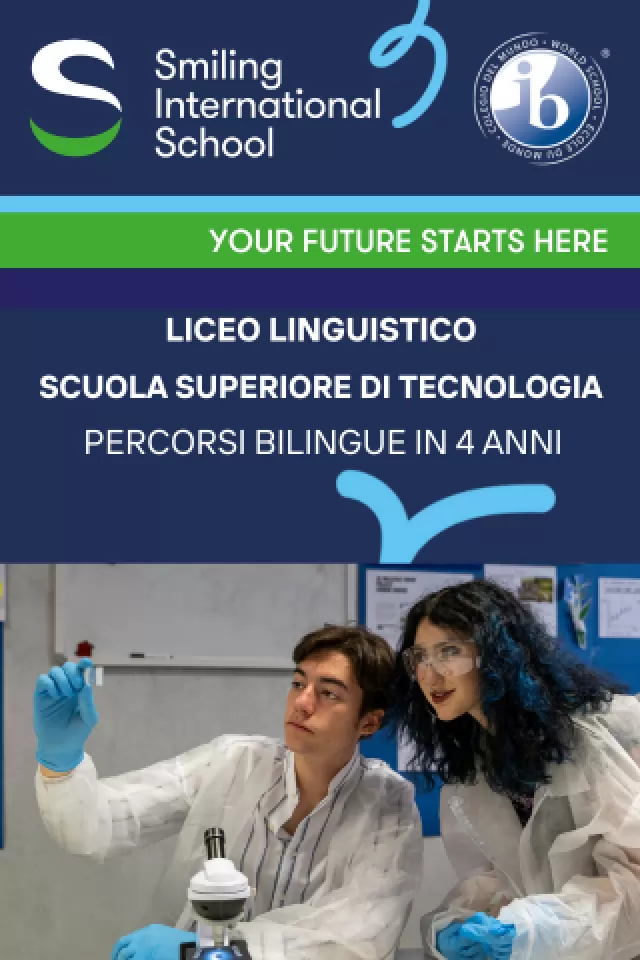An insider’s view on the disappearance of a once important industrial neighbourhood.
Piazza Testaccio is an elegant square with clean benches, pruned trees and a white fountain. On this chilly Saturday evening, a teenage girl is texting from one of the seats while two children – probably brother and sister – are pedalling around the fountain. Suddenly a young woman and a small dog arrive, both are tucked into warm coats.
“Scusi, Lei è di Wanted in Rome?” The woman is Roman-born sociologist Irene Ranaldi; Betty is her dog. Ranaldi has published two books on her childhood neighbourhood, Testaccio, and guides tours on Rome’s popular areas. Recently, she launched a petition to allow visits to Monte dei Cocci, a 35m-high hill composed of fragments of amphorae dating from the Roman empire.
Ranaldi proposes we visit a bar around the corner: “It’s a franchise that has several outlets, even in Parioli.”
Gentrification
Ranaldi is one of very few Italian researchers on gentrification, a term academics use to describe the process of affluent people pushing out a neighbourhood’s original residents.
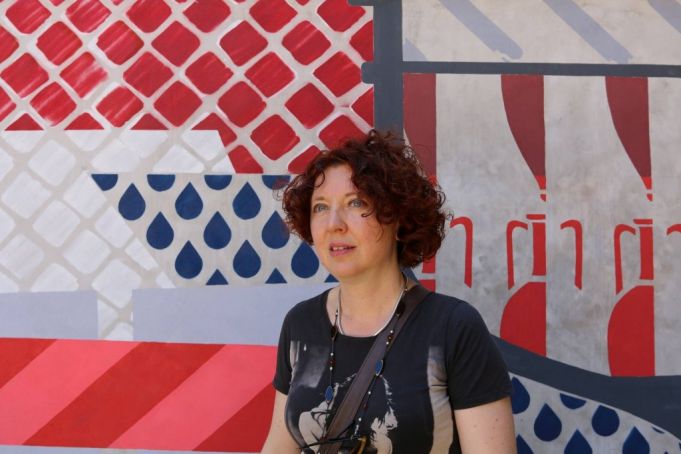
She mentions that consuming something in the bar would make us complicit in the area's transformation. Inside, elevator music is playing loudly. We take a small table at the back.
As a qualitative sociologist, Ranaldi analyses the present through interviews and field research, and recomposes the past through newspaper articles, council minutes and travel guides.
Yet, why study the evolution of a working-class neighbourhood in Rome? The capital must be Italy’s least industrialised city. Wouldn’t Turin or Milan make a better choice?
Rome's first industrial neighbourhood
Testaccio was Rome’s first industrial neighbourhood. Its development was thoroughly planned and, lying in a bend of the Tiber, it is a clearly defined area. Moreover, contrary to other popular areas such as Monti, Testaccio has been built from scratch. “There was nothing here,” she says. “The residents even had to develop their own working-class mentality!”
Researcher, publisher, tour guide, photographer, but above all Ranaldi is a fierce advocate of the preservation of her Testaccio heritage.
From a review I had written when her second book, Gentrification in parallelo, came out, I remember that, contrary to New York, gentrification in Rome is not planned. I had concluded that whereas Testaccio's industrialisation was planned, its gentrification happened spontaneously.
Project financing
Ranaldi calls Testaccio’s a gentrification all’italiana. “From atop Monte dei Cocci one sees how much of the former slaughterhouse has remained untouched.” She tells me to look up the term “project financing”: each time the community sells public property, part of the deal is that the buyer has to provide something useful to the community, for example a kindergarten. Only, in Italy the buyer never does. In Testaccio for instance, the buyers of the plot of land in front of the slaughterhouse were to build a low-cost residence for students. “Have you see the residence they’ve built?” Ranaldi asks. “A three-star hotel.”
I had seen the “re Testa” hotel in the morning, when I was exploring the slaughterhouse, the centrepiece of Ranaldi’s first book, Testaccio, da quartiere operaio a Village della capitale. During my exploration I kept wondering why slaughterhouses – Rome’s Il Mattatoio, New York’s MePa, Paris’ La Villette – are invariably converted into museums. Is industrial architecture not yet old enough to be fully appreciated?
MACRO
She agrees. “Take the statue on top of the Mattatoio’s entrance. Did you see it? It’s a beautiful statue. But it is literally crumbling! And then the shiny, plastic-like logo of the MACRO museum beneath it.” She sighs. “They should respect the place’s original vocation. They should have made the complex productive once again, useful to the local population.”
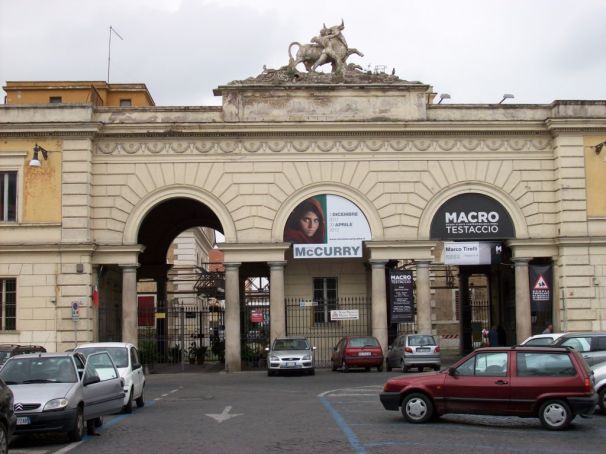
The bar’s customers are mostly couples of well-dressed 30-somethings and a group of what looks like female young urban professionals. A trendy Smart and an elegant Mercedes are visible through the window.
Testaccio’s industries – slaughterhouse, gasometer, stonecutter workshops – were abandoned in the mid-1970s. Apparently, Italian actors started Testaccio’s gentrification – movies like Once Upon a Time in America, and television series like Romanzo criminale were shot here.
Future gentrification in Rome
When asked which other neighbourhoods are candidates for gentrification, Ranaldi immediately answers: “Torpigna, definitely.” Tor Pignattara, really? Will the Bengalese community soon have to make way for well-heeled gentrifiers? She notices my puzzlement and explains: “Gentrification follows the extension of the underground. So in Rome that’s Linea C.”
A couple of years ago, Ranaldi exhibited photographs of her neighbourhood and its residents: charming pictures that celebrated Testaccio’s working-class image. Every area, to put it in marketing terminology, has its unique selling proposition. While Testaccio has its working-class image, Pigneto has its Pasolini postcards and S. Lorenzo its student scene. When asked whether these neighbourhoods compete with each other for affluent gentrifiers, Ranaldi hesitates. She doesn’t think so because Romans tend to stick to their childhood neighbourhood. “Going out in Pigneto and fancying its dark side is one thing, moving there and buying a place is quite another.”
Her next project is on gender gentrification, aka gaytrification. I suggest gentrification is merely a phase every dynamic neighbourhood goes through and ask if there are neighbourhoods which, after a burgeoning phase of gentrification, fell back into decay.
Supergentrification
It turns out Testaccio is already in the so-called phase of supergentrification. First, the cosy bohemian shops replace the traditional stores, and then the plastic franchise stores replace the bohemians. “Originally, the busy fruit and vegetable market was on the square where we met.”
What? That empty, sterile Piazza Testaccio?
She smiles. Apparently, all is interlinked: the shops depend on the market and the market, in its turn, depends on the residents. Traditional shops disappear because the original residents disappear. Pointing at our drinks, she remarks: “Do you think native testaccini pay €10 for tea and orange juice?”
In 2000, Ranaldi won a state competition with an essay on Rome’s elderly. The essay is a compelling testimony of a man whose childhood neighbourhood around the Roman Forum was destroyed by the fascists. He then witnessed how tourists transformed his adoptive neighbourhood, Testaccio. Like her protagonist, Ranaldi feels she is a privileged witness.
Testaccio and food
Tourists visit the neighbourhood for its cuisine. Many of the restaurant menus are in English and nearly all visitors of Testaccio Food Market (the covered premises which opened near MACRO almost four years ago) are foreign. Several organisations do food tours in Testaccio hailing it as the birthplace of Roman cuisine whose origins owe much to the offal from the former slaughterhouse. Ranaldi says that original residents do not visit the new market because of the produce it offers as well as its tourist prices.
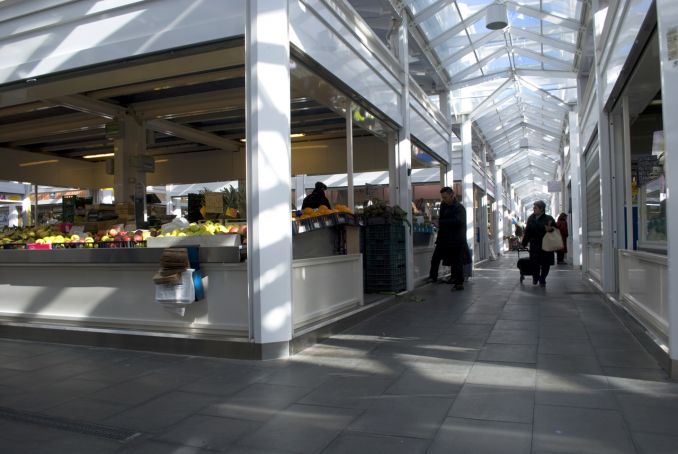
Rome’s popular neighbourhoods could extend the city’s existing tourism offering. Ranaldi says: “While the historic centre has become a simulacrum artefact for easily satisfied tourists, the most “popular” neighbourhoods, those that are really “Roman”, nowadays are in the suburbs.” She has great faith in Rome’s suburbs, especially their street art. “There is talent in the suburbs.” On her guided tours, she takes people to the suburbs such as Trullo, south of the capital, to show them recent graffiti murals.
As an independent researcher – she herself finances her field research – Ranaldi intends to vulgarise her knowledge, explaining gentrification through its consequences to society, such as soaring rents, and its impact on everyday life, such as the disappearance of the local fruit and vegetable market.
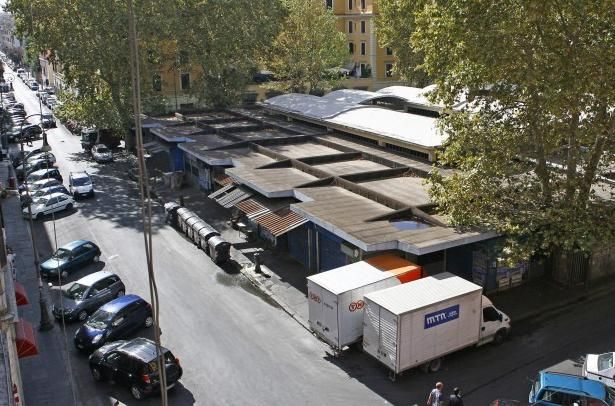
Ottavo Colle
Last July she created Ottavo Colle, the Eighth Hill, an association offering guided tours that are active, constructive and narrative. Each tour includes movie excerpts of disappearing Rome and/or live performances by musicians and/or actors.
Mostly Italians, “truly interesting people like architects and artists”, participate in these tours. Each tour changes its focus depending on the type of participants and the questions they raise. “It’s a motivated audience,” she says, explaining: “participants are willing to go to places as remote as S. Basilio [the north-east Rome suburb] or venture into places as singular as Corviale” [the 1km-long social housing complex south-west of Rome known as the Serpentone.]
We have been talking for more than an hour and now Ranaldi has another meeting. So, does she still live in the neighbourhood and does Betty accompany her on the tours?
“For over the last 30 years I have been living on Piazza Testaccio,” she says proudly. “Ottavo Colle aims at fostering a city that embraces diversity, including LGBT and pets. So, yes,” she says and smiles, “Betty does many of the tours.”
By Mike Dilien Cover photo Leon Perez






